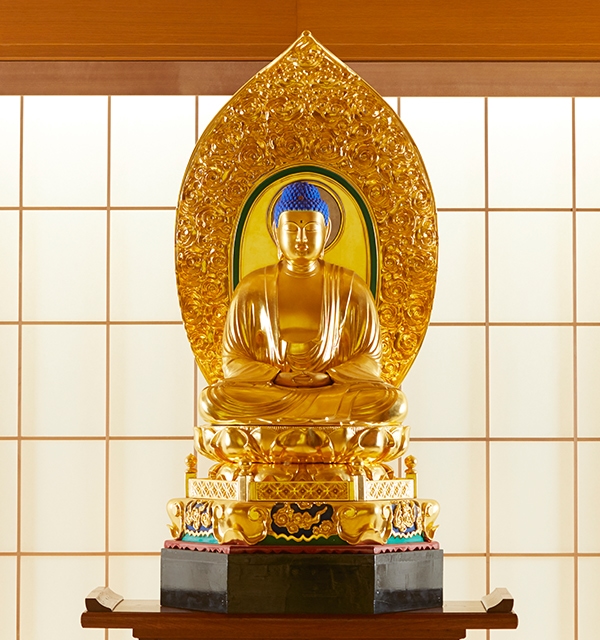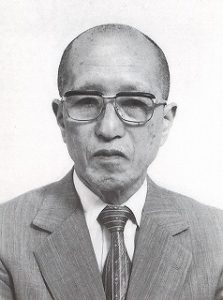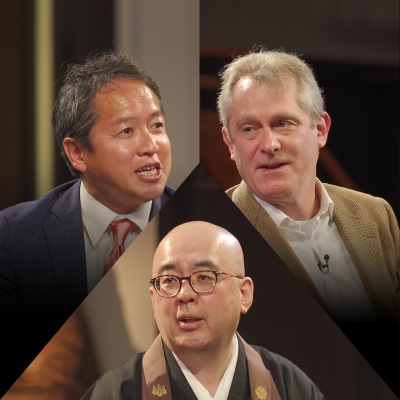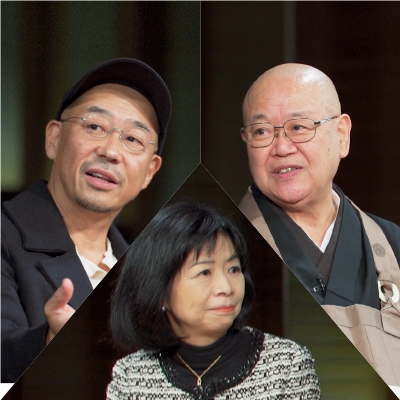
The History of Zen: Discovering the Roots of Sōtō Zen (1)
From Prof. KAGAMISHIMA Genryū’s Zengaku gairon kōgi nōto
(鏡島元隆「禅学概論講義ノート」)
(Introduction to Zen Studies Lecture Notes)
Note: This History of Zen is based on the lecture notes of the course titled “Introduction to Zen Studies” (禅学概論)taught in the Buddhist Studies Department some forty years ago by the former Chancellor of Komazawa University, Prof. KAGAMISHIMA Genryū鏡島元隆 (1912–2001), which was put into written form by current teachers in the Buddhist Studies Department who attended those lectures. The present material corresponds to Chapter One of that material (Chapter Two concerns “Zen Thought”). The research is forty years old, and there are points that should be emended based on academic advancements since that time. Nevertheless, the material outlines the gist of the traditional understanding of the history of Zen as passed down within the Sōtō-shū. In order to facilitate an understanding of the traditional history of Zen from Śākyamuni Buddha in India to Japanese Sōtō-shū, we have released Prof. Kagamishima’s Introduction to Zen Studies Lecture Notes (Chapter One, The History of Zen) with a few changes. The minor changes made include the addition of notes for the sake of convenience, and (in the Japanese version) the readings of some characters have also been added.

Chapter One: Meditation in India
The word zen is a transliteration of the Indian Prakrit term jhāna with the final vowel dropped (jhān). Jhāna is translated as meditation, contemplation, or mental concentration, therefore the transliterated word zen also means the same.
Zen is understood today as a cultivation method unique to Buddhism, but in India before the term was adopted into Buddhist practice it denoted a generally practiced mental concentration.
From very ancient times in India, meditation was practiced sitting quietly in forests or under a tree. Therefore, the full lotus position結跏趺坐*1 or half lotus position半跏趺坐*2 that were understood in later times as unique to the Zen school did not actually originate with Śākyamuni Buddha, the founder of Buddhism, but were practiced generally from more ancient times. Śākyamuni Buddha simply introduced these postures to Buddhism.
This was the most appropriate practice method for a place like India, which is hot all year round and furthermore has a long three-month rainy season.
The reason that the Indians cultivated such meditation was because the Indians then, and today as well, mostly lived under harsh conditions. From ancient times the Indians thought that the only way to escape the sufferings of their lives was by identifying with an absolute being. The cultivation method for becoming one with the absolute being was meditation (or zazen, seated meditation). This type of cultivation is called yoga in India, and one who practices that method is called a yogin, and one who perfects it was known as a muni.
The cultivation of yoga was practiced in every Indian religion, and Śākyamuni Buddha adopted the common Indian religious practice of meditation into his Buddhism. Accordingly, meditation was originally not unique to Buddhism, but was rather generally practiced in Indian religions since ancient times.
*1 (Kekka fuza). This is a method for sitting with the both feet crossed and placed on the opposite thighs. For seated meditation there are two ways of sitting, kichijō-za 吉祥坐(“auspicious seat”) and gōma-za降魔坐 (“subduing Māra seat”). The kichijō-za has the right leg uppermost, and the gōma-za has the left leg uppermost. In India the right side indicates the sacred and the kichijō-za was used, but in the later Zen school this shifted to the gōma-za.
*2 (Hanka fuza). This is a method for sitting with only one leg placed on the opposite thigh.

SPECIAL
ZEN,KOMAZAWA,MANAGEMENT
For our 5th discussion in this series we welcomed guest participant Mr. David Atkinson, CEO of Konishi Decorative Arts and Crafts, for a three-way dis・・・
2020.08.07

SPECIAL
ZEN,KOMAZAWA,MOVIE
For our fourth interview we welcomed film director Tatsushi Ōmori as our guest, and together with Komazawa University Chancellor Seishi Nagai and Prof・・・
2020.03.05

